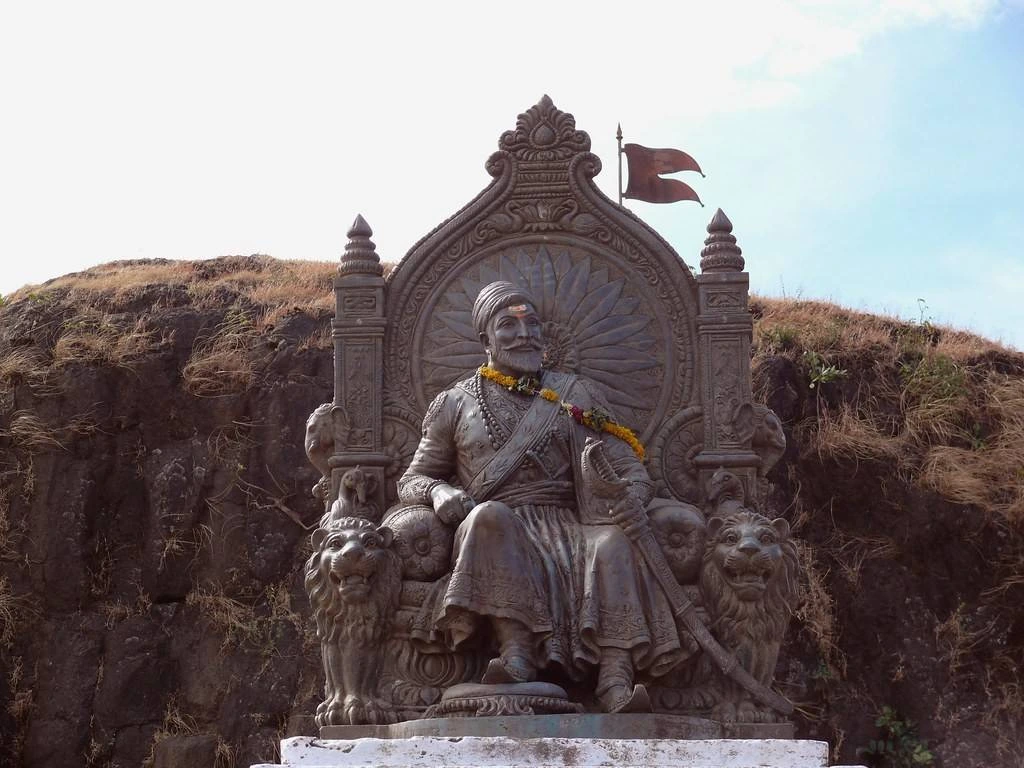The Birth of a Lion (1630):
Let me take you back to the year 1630, in the rugged hills of the Sahyadri range. In the Shivneri Fort, a child was born to Jijabai and Shahaji Bhosale—a child who would later shake the foundations of mighty empires. They named him Shivaji, after Goddess Shivai. Raised by his mother with stories of Ramayana, Mahabharata, and valorous kings, young Shivaji wasn’t just dreaming of kingdoms—he was preparing for one. His early years were not spent in luxury but in discipline, warfare, and the lessons of dharma and justice.
The Spark of Swarajya Begins:
By his teenage years, Shivaji had started laying the foundation of Swarajya—self-rule. At the age of 16, he led his first military campaign and captured the Torna Fort in 1645. That was just the beginning. Soon after, forts like Sinhagad, Purandar, and Rajgad fell under his control. But this wasn't just about battles—he was winning the hearts of people. Unlike other rulers, Shivaji respected women, protected civilians, and had a code of ethics in war. He became a hero not just for Marathas, but for anyone who believed in justice.
The First Big Test – Afzal Khan (1659):
One of Shivaji’s most iconic moments came in 1659, when Afzal Khan, a seasoned general of the Adilshahi Sultanate, was sent to kill him. They met at Pratapgad Fort. Afzal tried to strangle Shivaji during their meeting, but Shivaji, armed with hidden weapons—Wagh Nakh (tiger claws) and a Bichwa dagger—killed him in self-defense. That was more than a victory—it was a declaration that this young Maratha could not be crushed by fear or deceit.
Battles, Betrayals & The Escape from Agra (1666):
Shivaji’s growing power rattled both the Mughals and Deccan Sultans. In 1665, he had to sign the Treaty of Purandar, and later, in 1666, was summoned to the Mughal court in Agra by Aurangzeb. What happened next is straight out of a thriller! Shivaji was insulted and imprisoned, but he escaped using a clever plan—hiding in fruit baskets along with his son Sambhaji. This daring escape made him a legend across the land. The lion was loose again, and this time, more determined than ever.
The Last Fight Before the Crown (1670–1674):
In the years that followed, Shivaji re-conquered lost territories and strengthened his navy and administration. One of his last major battles before coronation was the Battle of Kalyan (1671), where he defeated the Mughals and further extended his empire. With more than 300 forts under his control, it was time for the world to acknowledge him—not just as a warrior—but as a sovereign king.
The Rajyabhishek – A Dream Fulfilled (6 June 1674):
And finally, on June 6, 1674, at Raigad Fort, Shivaji Maharaj was crowned as Chhatrapati. The grand Rajyabhishek ceremony was led by Pandit Gaga Bhatt, and the waters of holy rivers from across Bharat were used for the coronation. He took the title “Kshatriya Kulavantas Chhatrapati Shivaji Maharaj”, affirming his identity as the righteous king of Hindavi Swarajya. This was not just a political act—it was a cultural and spiritual awakening for millions.
The Legacy Lives On:
From the dusty paths of Shivneri to the throne of Raigad, Shivaji Maharaj’s journey is not just history—it’s a living inspiration. He fought more than 200 battles, built a strong navy, respected all religions, and created an administration that empowered even the common man. In 2025, as we remember 351 years since his coronation, let’s not just recall the battles he won—but the ideals he stood for. Because true kings don’t rule land—they rule hearts.


Comments (5)